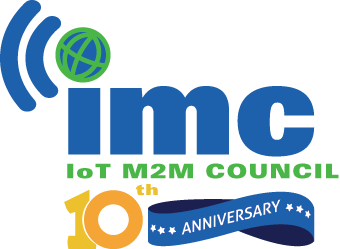Hikvision ITS camera monitors traffic flow
- February 8, 2021
- Steve Rogerson

Chinese video IoT company Hikvision has launched an ITS camera for improving road safety and traffic flow.
The All-Rounder ITS camera is engineered with an all-in-one structure, embedding video, radar and supplemental light in one module, helping traffic authorities ramp up the detection of violations.
Hangzhou-based Hikvision is an IoT provider with video as its core competency. The All-Rounder ITS camera is designed to improve road safety and optimise traffic flow. As the name implies, the camera encompasses different skills and abilities, boasting speed detection, traffic violation detection, automated plate recognition and vehicle attribute analysis in one housing.
“Hikvision is always pushing the boundaries of video technologies,” said Frank Zhang, president of Hikvision’s international product centre. “Beyond the visual range that is perceived by video cameras, the abilities to understand other kinds of senses would allow even more precise monitoring and reporting of events or accidents. This is multi-dimensional perception, a trend that we think will affect the security industry in the future.”
The ITS camera is designed and developed with this multi-dimensional concept in mind. It is Hikvision’s first camera to integrate three otherwise separate modules in one unit with no compromise on performance, making the camera neat and flexible to be deployed for demanding environments.
The product provides an HD camera, speed radar and light array inside one housing. It works with a multi-tracking radar that continuously monitors up to two or three traffic lanes, depending on the camera model, and identifies the speed and position of objects in the monitored area at a speed of up to 300km/h. If a vehicle violates the speed limit, the embedded radar triggers the connected camera and a picture is taken of the vehicle and its licence plate.
In the event of infringements of traffic rules such as wrong-way driving, improper lane usage or even failure to use a seat belt, the camera will capture images of the corresponding vehicle, recognise its licence plate and relevant information including vehicle type, colour, brand and direction of movement, which can be addressed to the authorities in real time or stored on board.
Incident detection helps improve overall driving standards, which ultimately reduces the number of accidents, improves road safety and evens traffic flow.
Employed with deep-learning algorithms, the camera can recognise a much higher number of licence plates and with higher efficiency than conventional ANPR systems. Its GMOS sensor further ensures brighter and smoother images to be reproduced in challenging lighting conditions, especially in low-light environments.
The camera’s embedded supplemental light has a 16-bead light array, offering an IR range of up to 40 metres at night.
As all these functionalities are integrated, the single product can outperform conventional ITS products with space-saving and less cabling for easier installation. It supports flexible pole- or side-mounting, which eases onsite configuration.




